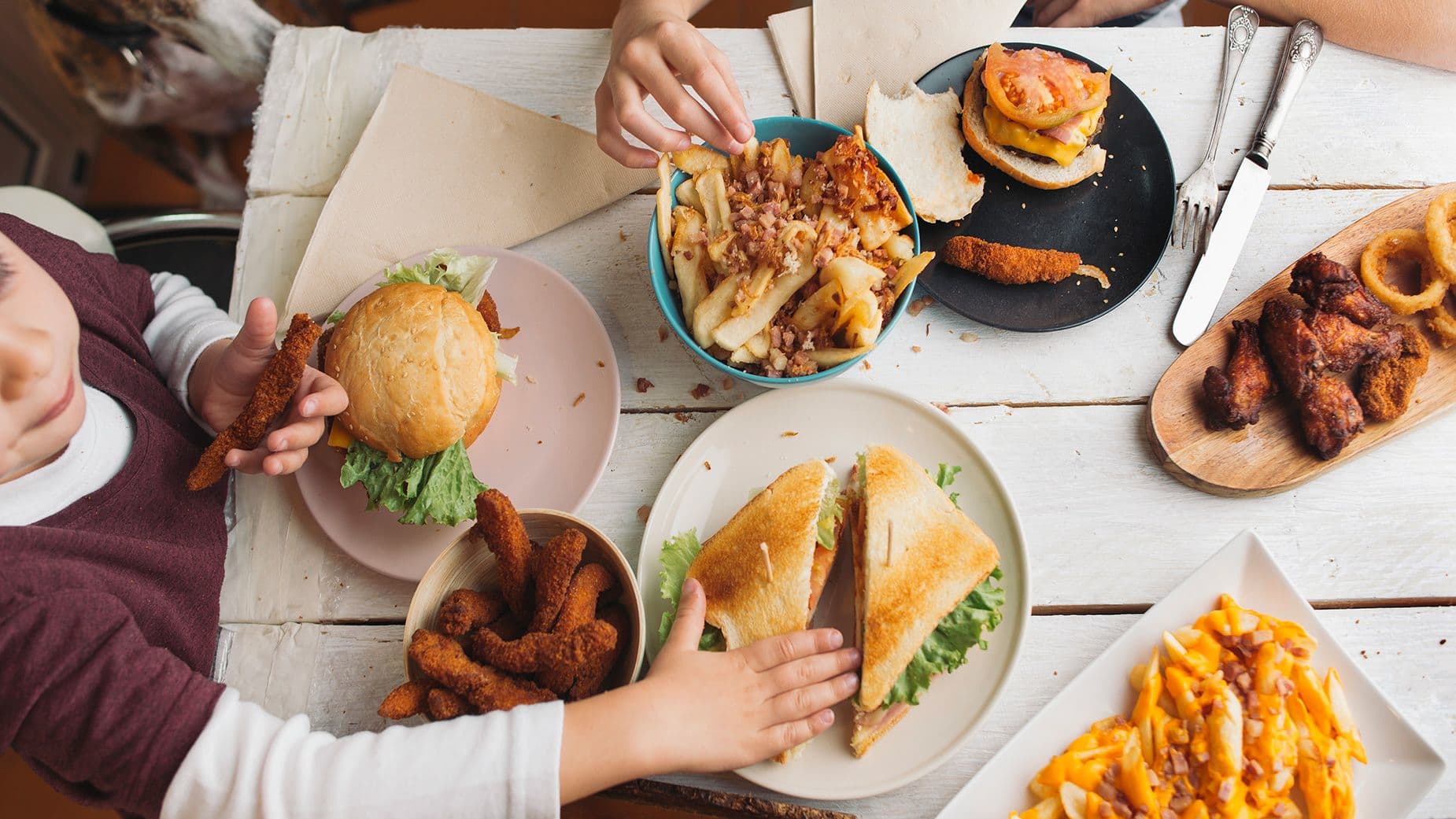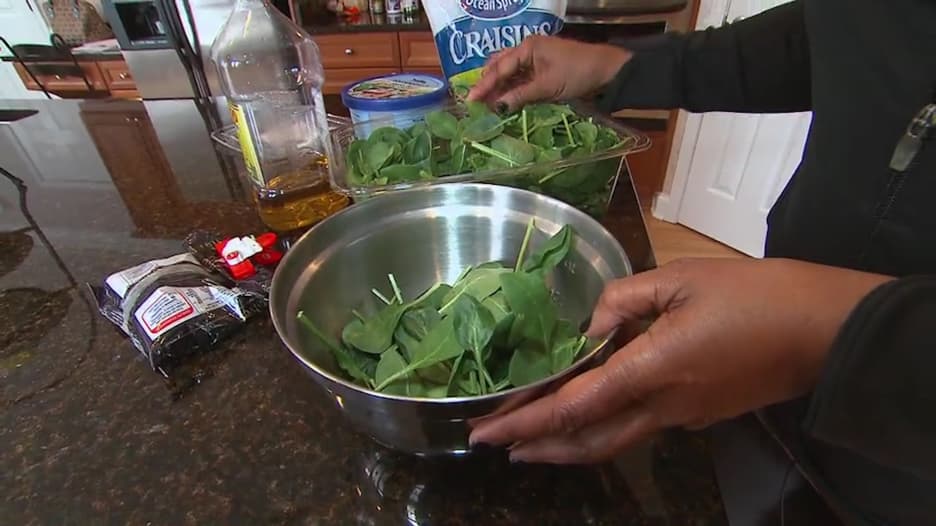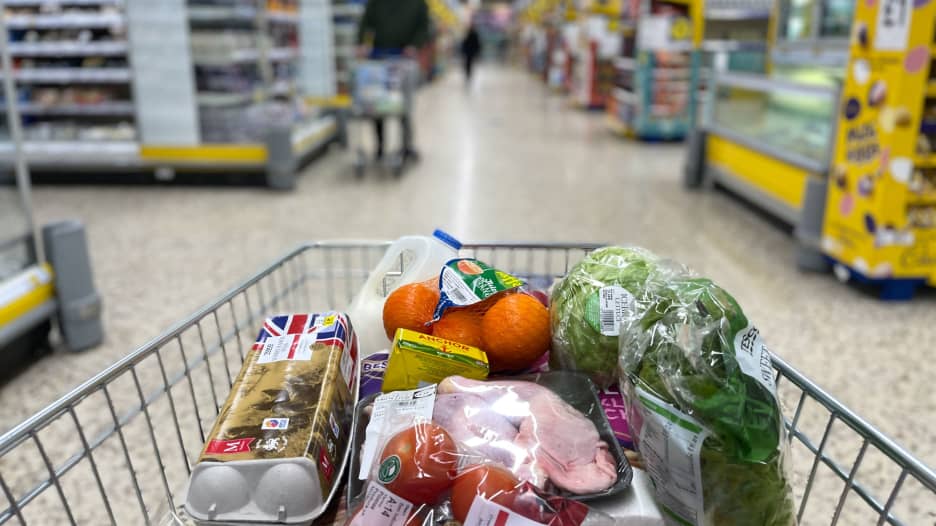دبي، الإمارات العربية المتحدة (CNN) -- يبدو أنه من الصعب إرضاء الأطفال على مائدة الطعام.
وإذا كان الأطفال لا يحبون ما يتناوله أفراد العائلة، فإن 3 من كل 5 آباء وأمهات سيحضّرون صنفا آخر لهم، وفقًا لبيانات الاستطلاع الوطني لمستشفى جامعة ميشيغان C.S. Mott للأطفال.
وأشارت الدكتورة سوزان وولفورد، المديرة المشاركة في استطلاع المستشفى، إلى أنه أمر مثير للقلق، إذ أن خيارات الطعام البديلة عادة لا تكون صحية مثل الوجبة العائلية المقدّمة في المقام الأول.
وقد شمل الاستطلاع أكثر من ألف من آباء وأمهات لأطفال تتراوح أعمارهم بين 3 و10 سنوات، وهي مراحل مهمة لتكوين أنماط الأكل الصحي، حسبما ذكرته وولفورد، وهي أيضًا طبيبة أطفال في مستشفى C.S. Mott للأطفال وأستاذة مشاركة متخصصة في الوقاية من السمنة وعلاجها لدى الأطفال.
وأوضحت أن تناول وجبة بديلة من قطع الدجاج المقلية أو فطائر البيتزا قد يكون مغريًا للتأكد من أن أطفالك لن يشعروا بالجوع، مع ذلك هناك طرق أفضل لإطعام الأطفال مع منحهم المزيد من العناصر الغذائية.
كيفية تقديم الأطعمة لمن يصعب إرضاؤهم
من الطبيعي أن يقاوم الأطفال الصغار الأطعمة الجديدة وغير المألوفة، لكن هذا لا يعني أنه عليك الاستسلام، حسبما قالته وولفورد.
وأضافت: "لمجرد أن الطفل... لا يحب تناول الكثير من الخضار، لا يعني أنه لا ينبغي دمج أنواع الخضار في وجببته"، لافتة إلى أنها مجرّد مرحلة ستتغير مع مرور الوقت.
ويقدّر الخبراء أن الأمر سيستغرق حوالي 20 مرة قبل أن يتوقف الطفل عن رفض طعام جديد.
وتعني عملية التعريف هذه أنه يجب على الآباء والأمهات الاستمرار في تشجيع أطفالهم على تجربة أطعمة مختلفة، وألا تثبط عزيمتهم عندما يعترض أطفالهم عليها.
من جانبها، قالت ناتالي موكاري، وهي اختصاصية التغذية في ولاية نورث كارولينا، إنه يجب تعريف الأطفال على الأطعمة الجديدة من خلال إشراك حواسهم، على سبيل المثال رائحة الأطعمة، وملمسها، ولونها.
وأضافت: "بعد ذلك يمكنك التحدّث عن الفيتامينات والمعادن الموجودة في الطعام وكل الفوائد الرائعة التي يمكن أن تمنحها لأجسامهم".
ورغم أنك قد لا ترغب في إعداد وجبة مختلفة تمامًا، إلا أن موكاري توصي بتوفير خيارات صحية احتياطية تعرف أنها تعجب أطفالك بعد أن يجربوا صنفًا جديدًا.
الطفل صاحب القرار
أشارت وولفورد إلى أن الآباء والأمهات يمكهم جعل الخيارات المغذية أكثر جاذبية، وذلك من خلال ترك القرار لأطفالهم.
وأوضحت أن "هناك فلسفة موصى بها، حيث يجب على الوالدين توفير الرعاية، ومن ثم ترك الطفل ليقرر".
وعلى سبيل المثال، ربما جرب طفلك الكرنب ولم يعجب به، ولكنه يحب السلطة، لذا يمكنه اختيار تناولها كبديل، حبسما اقترحته وولفورد.
ولفتت إلى أنه قد يكون من المفيد أيضًا إشراك أطفالك في اختيار أنواع الخضار الموجودة في محل البقالة، وجعلهم يساعدون في إعداد الوجبة وبهذه الطريقة، يمكنهم الشعور بالحماس لتناول الطعام.
بينما أنه من المهم لأطفالك تجربة أطعمة جديدة، فمن المهم أيضًا عدم إجبارهم على تناول الكثير من الأطعمة التي لا يحبونها، إذ أن هذا النهج يمكن أن يأتي بنتائج عكسية حقا.
وقالت موكاري إن دفع الطعام بقوة أكبر من اللازم يمكن أن يخلق علاقة مع الأطعمة المشّتقة من الخضار على أنها بمثابة عقوبة، وهكذا تصبح الأطعمة المحظورة أكثر قيمة لدى الطفل.
ولفتت وولفورد إلى أن المطالبة بطبق فارغ على المائدة قد يعلّم الأطفال تجاهل إشارات الجوع والشبع لديهم.
وأضافت: "أحد العوامل المهمة في التغذية هو أن نتعلم كيفية الاستماع إلى الإشارات التي يقدّمها لنا جسمنا وأن نعرف متى نحتاج إلى تناول الطعام، ومتى يحين وقت التوقف".
ماذا بشأن الحلوى
وذكرت وولفورد أنه كما لا ينبغي أن يكون تناول الخضار عقابا، لا ينبغي أن تكون الحلوى مكافأة، إذ أن هذا النوع من التحفيز غالبا ما يأتي بنتائج عكسية.
وأضافت: "نحن ننشئ نوعًا من الدورة السلبية التي من خلالها يفضل الطفل تناول الحلوى، ويكون أقل ميلاً إلى البروكلي أو الخضار التي كان من المفترض أن يتناولها للحصول على المكافأة".
وقالت موكاري إنه إذا عرف الأطفال أن الحلوى تتبع وجبة العشاء دائمًا، فقد يتعلمون تناول القليل من وجبة العشاء، من أجل ملء رغبتهم بالشبع من خلال تناول الحلوى بدلاً من ذلك.







